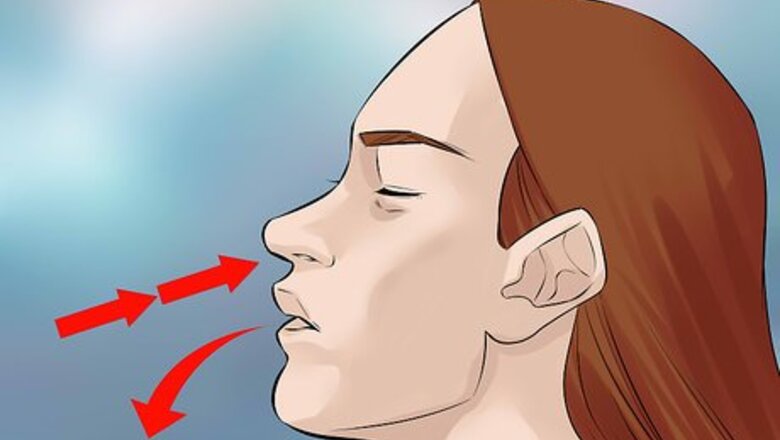
views
X
Research source
Calming Your Nerves
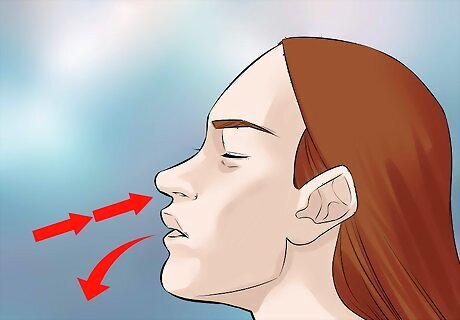
Take a deep breath and relax. You are about to enjoy a physical connection with someone you like, and who likes you. There’s no need to be nervous, because there’s no right way or wrong way to kiss. Relaxing will help you feel more comfortable about the kiss. Trust that the two of you will figure it out together.
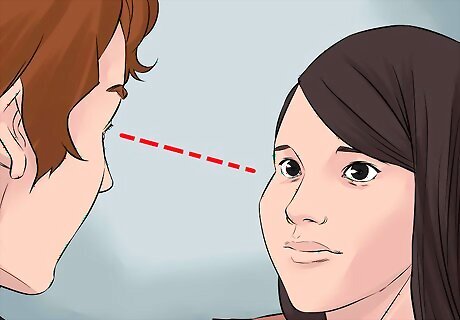
Maintain eye contact before the kiss. Seeing each other will help you both remember that you’re going to enjoy sharing this moment with one another. Eye contact also lets your partner know that you are attentive and interested, which can help them feel more comfortable.

Start small with light lip-to-lip contact. It’s okay for your first kiss to be brief and simple. There’s no need to set high expectations of a lingering embrace. A long, heavy kiss can be intimidating. Sharing a quick moment of intimacy can still tell you a lot about your compatibility.

Don’t over analyze the moment. Dissecting every part of the kiss will lead to more nervousness. Remember that a first kiss is just a first attempt. Additional kisses with the same partner, as well as kisses with others over the course of time, will give you a chance to learn what you like and what you don’t. The more you kiss, the better you'll get at it!
Avoiding Awkwardness
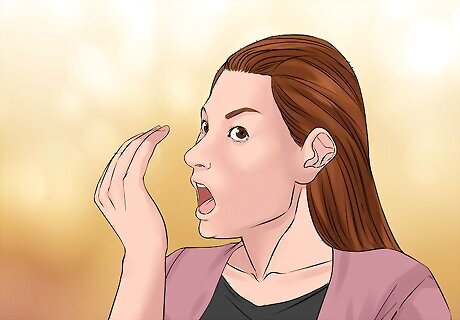
Check that your breath is fresh. You can do this by breathing into your cupped palm or bent elbow. A strong taste in your mouth, such as certain foods, beverages, or smoke, can also indicate unfresh breath. If there’s an unpleasant taste or odor, your partner might find it unpleasant. Use mint gum to freshen your breath before hand.
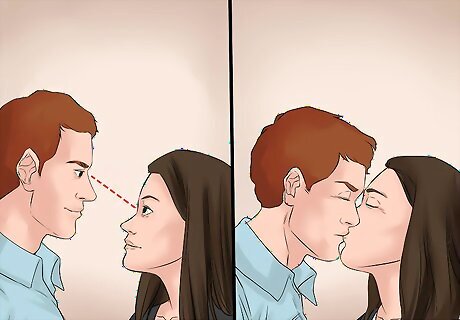
Approach one another slowly. Don’t lunge abruptly or lurch without warning. Quick movements are likely to result in an awkward moment of bumped foreheads, bruised lips, or banged teeth. Eye contact can help you negotiate the approach for the kiss. If you move toward one another carefully, the initial lip-to-lip contact will be smooth and natural.

Keep movement to a minimum. There’s no need to move your mouth, head, or body a great deal. Too much movement can be distracting. It can also increase the likelihood of an awkward bump or slip. Try to match your partner throughout the kiss so you fit together nicely.

End the kiss gently. This can be done with a simple slight turn of the head, tipping up of the chin, or a small step backwards. You’ll know the time is right to end the kiss because of simple physical or emotional cues like: fatigue excess moisture discomfort in your jaw frustration distraction lack of enjoyment
Making the Kiss Enjoyable
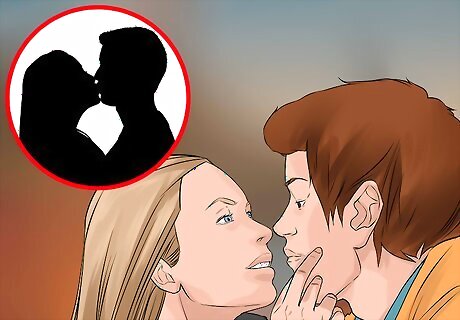
Take and give physical cues. Try to demonstrate how you prefer to be kissed. Pay attention to what your partner may be trying to show you about their preferences. Remember, a good first kiss is a team effort. Drop a hint to your partner by staring in their eyes, smiling, and letting those butterflies develop. If your partner is comfortable, you can try building up to the kiss with a little bit of light physical contact. This could include a hand, arm, or shoulder massage, and/or a kiss along the back of their neck.
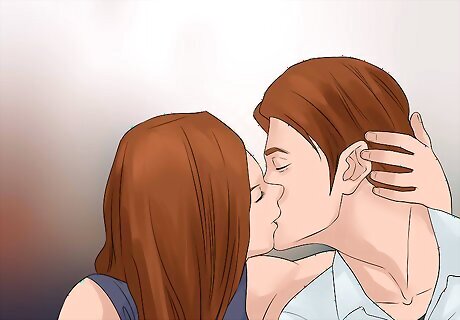
Use your whole body. Hands, hair, waist, back, and other areas are parts you might like to touch and have touched while you kiss. Your partner might guide you to touch them in places they’d enjoy. If you’re comfortable doing so, follow their lead.

Make eye contact afterward. Although this might feel awkward, the moment after is a good time to gauge your partner’s feelings about the kiss. Look at them, and see if they look like they enjoyed it. If you can’t tell from simply looking, you can talk about it. Try starting with: “I really like kissing you.” “You’re a good kisser.” “I liked when you…” “That was nice.”












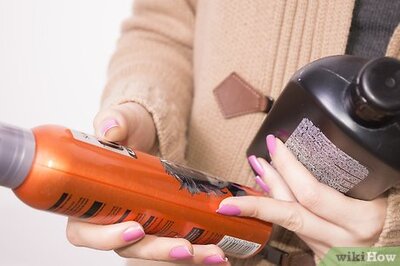



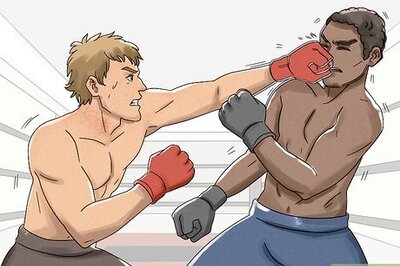

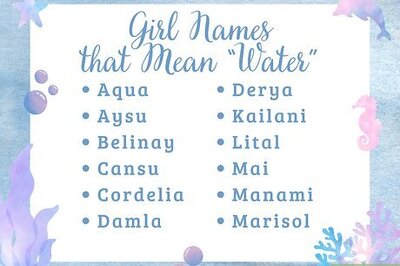
Comments
0 comment